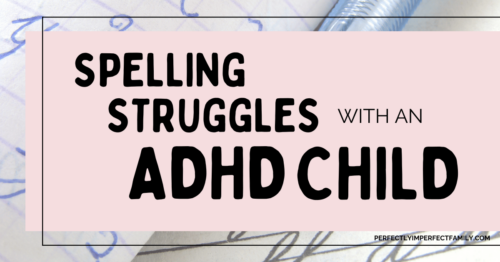Spelling Struggles With an ADHD Child
I didn’t realize spelling struggles were common for kids with ADHD until my son was older. Looking back, I wish I had known sooner — it would have saved us both frustration. He’s still a great student despite the challenge. If your child struggles with spelling, be patient. They’ll be just fine! What strategies have worked for you?
3 Summer Rules for Our Summer Vacation – Lessons Learned
Our summer was a whirlwind of travel, fun, and, honestly, a bit of chaos. Our well-intended summer rules quickly fell apart, but that’s okay — we still had a great time! Failure isn’t the end; it’s a chance to adjust for next year. How did your summer go? Did your plans work out? Let’s share!
Don’t Allow Sleepovers? Have a Late Night Instead!
Instead of sleepovers, our family does “late nights,” where friends come over for food, games, and fun until 10 or 11 PM. It’s a great way for kids to socialize while keeping things simple. From board games to movie nights, there’s always laughter! How does your family handle sleepovers? Let’s share ideas!
3 Summer Rules for Our Summer Vacation
To keep summer from turning into a lazy free-for-all, I’ve set up simple rules and chores for my kids. They must get ready, complete daily tasks, and help around the house before enjoying free time. It’s not always perfect, but structure helps! Do you have summer rules for your kids?
Should You Give Your Children an Allowance?
We never used to give our kids an allowance, but after much thought, we implemented a system based on age. It’s not tied to chores or grades but teaches money management. They buy their own wants, learn to save, and stop asking for extras. Each child spends differently, making it a great learning experience!
Our Son’s Challenges With Hyperfixation
Hyperfixation, common in those with ADHD, is an intense, prolonged focus on a specific activity or interest. While it can lead to amazing productivity and energy, it also causes challenges like ignoring personal needs, not listening, or delaying tasks. For our son, video games are a common area of hyperfixation, affecting his focus on daily responsibilities.






